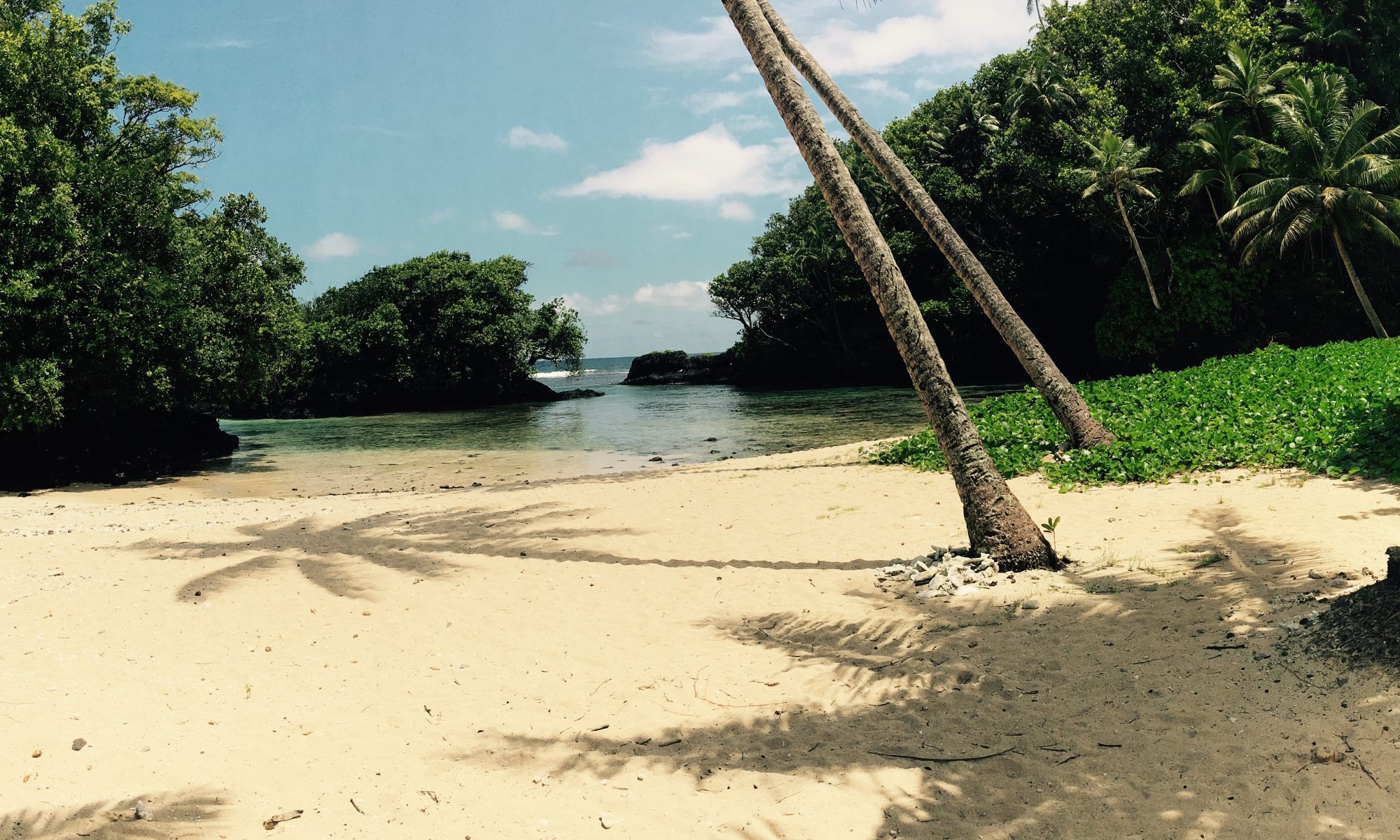Context: in 2009 I was involved in a Web refresh project with Arts Victoria. Part of this refresh was writing a series of Funding Case Studies for Arts Victoria. These case studies were intended to illustrate applicants who had been successful in receiving funding — what they’d been able to do with the money Arts Victoria gave them and what organisational reforms they had to implement, where applicable, to be considered for funding. The purpose of these case studies was to provide funding applicants with a reference point for what kind of projects Arts Victoria funds and what changes they may be expected to make to their organisations to receive support.
Outcome: These case studies were published to the Website at the time and I believe were helpful in providing organisational context to applicants, making it very clear what was expected of them and how Arts Victoria could help them grow their vision.
 Case Study 1: Monash Gallery of Art
Case Study 1: Monash Gallery of Art
| Content element | Content | Used in |
| Body | The Monash Gallery of Art – a strategy for growthThe Monash Gallery of Art (formerly the Waverly Art Gallery) is a suburban art gallery in the City of Monash in Melbourne. For some years the gallery was in serious decline. With increasingly run-down facilities and dwindling visitor numbers, closure seemed certain. After a great deal of lobbying and strategic thinking the gallery’s development was put back on track.
As part of its renewal strategy, the gallery engaged director Jane Scott who was able to use her programming, administrative, fundraising and public relations skills to great effect. The gallery’s problems were many. It had an extensive collection, including one of the finest photography collections in Australia, but through the years the collection had become little more than a well-kept secret. Scott marketed the collection to build audiences and awareness. She determined that the key to a successful gallery is first-class exhibitions and between 1999 and 2000 a series of exhibitions and events helped increase visitor numbers by 25% Another strategy that the gallery used to attract Arts Victoria’s support was its first touring exhibition of the collection. The tour, which was the first of many, was designed to improve the collection’s standing abroad. For state funding purposes, it was also intended to help the gallery acquire recognition as a public gallery. The gallery was successful in its efforts and with ongoing funding from agencies like Arts Victoria, the Monash Gallery of Art has been artistically and financially renewed. Link: http://www.arts.vic.gov.au/arts/downloads/Monash_Art_Gallery.pdf |
Displaying article body on the content page. |
 Case Study 2: The Melbourne Comedy Festival
Case Study 2: The Melbourne Comedy Festival
| Content element | Content | Used in | Input field |
| Body | Melbourne International Comedy FestivalMost recent grant: $644,490
Year of grant: 2008 Project dates: 19 March – 13 April 2008 Other partners: City of Melbourne, Tourism Victoria, Major Media Partners: The Age, Nova 100 FM, Ten, 774 ABC Radio, Major Partners: ADshel, Aussic HQ, Triple J, Silk Road, Comedy Channel, The Westin Hotel, Brunetti, Connex, Design Driven, Design to Print, Federation Square, Fiji Water, Hardy, Melbourne Airport, Metlink, Next Byte, Cultural Partners: Ozco, City of Yarra, NGV, Melbourne Museum, The Myer Foundation, The Melbourne International Comedy Festival is the third largest comedy festivals in the world, alongside the Edinburgh Festival and Montréal’s Just for Laughs Festival. The festival commands audiences of about 455,000 (in 2008), carries around 300 shows with over 4,000 performances by nearly 2000 performers. As well as its Melbourne-based program, more than 20 centres across suburban and regional Victoria are part of the Festival through its Annual Roadshow, which takes in over 70 towns across Australia and Singapore. The Festival’s focus is, of course, mostly comedy, but its program covers a diverse range of performance styles from stand-up to comic song to comical theatre. Venues are spread across the metropolitan area and the economic and cultural contribution that the festival makes to the region is inestimable. As a major cultural event in Victoria, the festival is triennially supported by Arts Victoria. |
Displaying article body on the content page. | WYSIWYG |
 Case Study 3: Strange Fruit
Case Study 3: Strange Fruit
| Content element | Content | Used in | Input field |
| Body | Strange Fruit – Reviving a performance companyStrange Fruit is an avant-garde performance company and brainchild of director Roderick Poole.
It’s famous for its elaborately costumed and choreographed performances on fibreglass poles. Its performances are large-scale, highly-visual and expressive. Strange Fruit started in the nineties. The idea grew out Pool’s minimalist performance piece ‘The Field’ which was showcased at the 1994 Melbourne Festival. The piece’s popularity soon helped grow the company, which embarked on a series of tours around Asia and Europe. Increasing success was, however, offset by increasing losses, for instance the company’s 1999-2000 tour of Korea, which put considerable pressure on company coffers. Through the process of growth Poole had become the sole manager of the company’s finances. This was a source of considerable personal strain as well as risk to the company. By 2001 it was clear that Strange Fruit required internal renewal. To meet the requirements of funding bodies like Arts Victoria the company had to address key areas like governance, best practise, and skills mix. Most importantly it had to be able to assess its own performance objectively. Consultant Ian Roberts was engaged to help the company define its business and artistic objectives. The company chose to adopt a formal corporate structure with Roderick in a less central position and with more power sharing and better business planning. Strange Fruit’s new business plan put emphasis on risk management, governance and the international aspect of the company’s work. These changes have helped the company prosper, putting it in an even better position for future development. Link: |
Displaying article body on the content page. | WYSIWYG |
